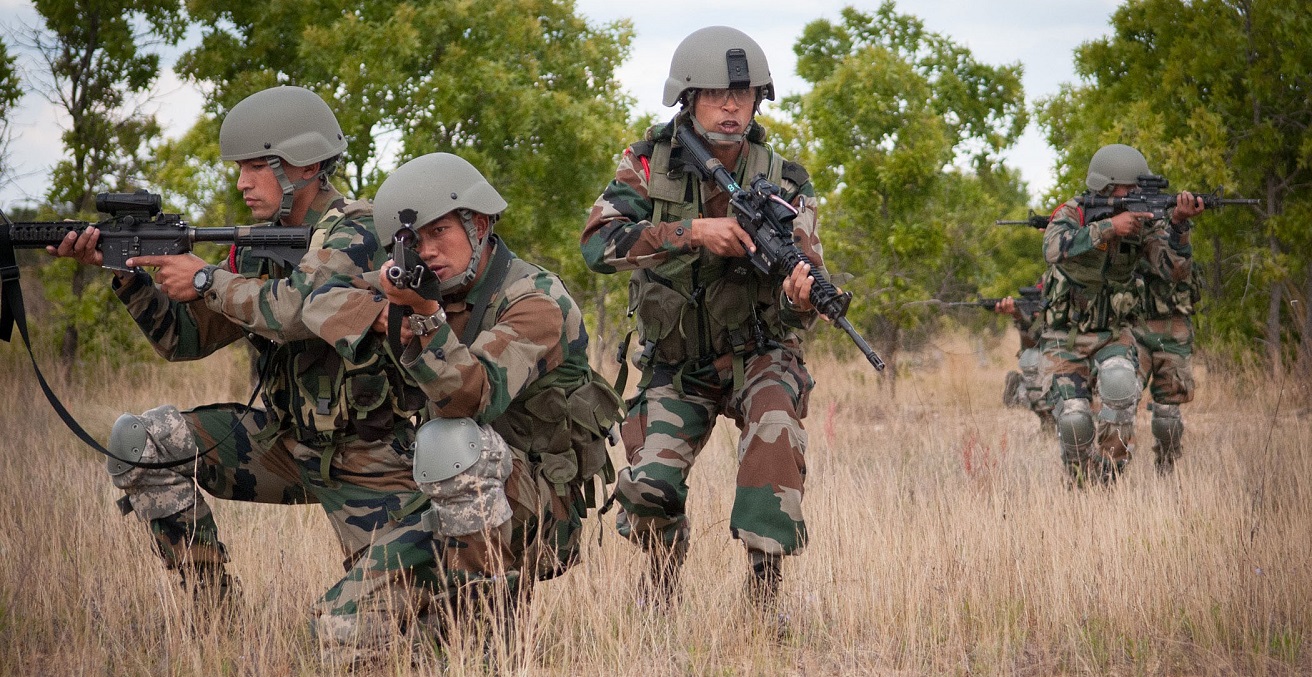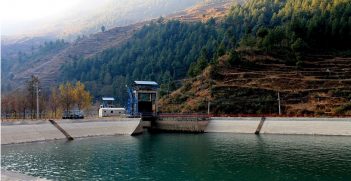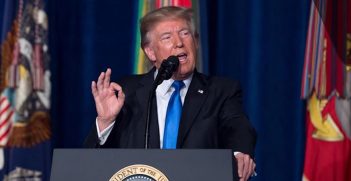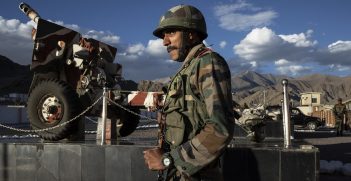Nepal-India Border Dispute: Is India Craving War?

Tensions on the India-Nepal border are high, and the pandemic has limited opportunities to work toward a resolution. In this context, a seemingly genuine request that Nepali citizens refrain from illegally entering Indian-claimed territory may be seen as attempt at intimidation.
Despite the serious consequences of the current pandemic, some parts of the world are still focused on national security and territorial sovereignty. China’s continued engagement in the disputed areas of South China Sea and the tensions along the Indo-China border are some examples. There has also been a dispute between Nepal and India along the northwest border of Nepal. Although the border dispute is not new, the inclusion of the disputed Kalapani, Lipulekh, and Limpiyadhura (KLL) areas in the political maps of both the countries has renewed tensions between the two countries.
Nepal claims that it has made efforts for a bilateral dialogue with India, but India has ignored Nepal’s requests, arguing that a dialogue can occur only after the effects of COVID-19 ease. Unfortunately, the pandemic is growing instead of receding. Meanwhile, India’s engagement in bilateral and multilateral meetings with other nations indicates apathy towards Nepal.
On 14 July, a local Indian administration bordering the disputed territory sent a letter to the adjoining local Nepali administration asking them to stop Nepalis from illegally entering the KLL areas, which it views as Indian territory. In reply, Nepal stated that it is acceptable for Nepalis to visit the KLL areas as they belong to Nepal, as per the Sugauli Treaty. Nepal also asked India not to hinder the movement of Nepalis in the territory. Although the letter from the Indian administration appears to be genuine, there may be ulterior motives.
India has claimed and used the territory for decades. In late May, some Nepali youths, claimed to be members of the underground Nepal Communist Party, tried to march towards Lipulekh to put up Nepal’s flags, but the Nepal police arrested them. The Indian administration might have been genuinely worried about the consequences of a potential scuffle if Nepalis were to enter what India considers to be its territory. So, the aim of the letter may have been maintaining the status quo until both the countries sit for a dialogue and reach an agreement.
However, the note may have been an attempt by India to intimidate Nepal. India takes issue with Nepal’s claim that the historical maps and other evidence prove Nepal’s sovereignty over the disputed region. It has, for this reason, been avoiding Nepal’s demand to have a dialogue, which New Delhi thinks is not a good strategy. The possibility of intimidation must thus be considered due to these long-standing disagreements. It would also be important to note that the incident with the Nepali youths in Lipulekh happened in May and the letter was sent only in mid-July. Therefore, India may have thought of sending a clear message to Nepal that it would not have a dialogue with Nepal and would not allow Nepal to have claim over the disputed land. India knows its military and economic power, so it could have assumed that Nepal would be easily intimidated by such a letter.
The letter may have even been a message to Nepal that India is preparing for a war rather than waiting for a dialogue. This is evident in a statement made by S Jaishankar, the external affairs minister of India, during a joint military exercise with the United States in the Indian Ocean. He stated that “the non-alignment was a term of a bygone era.” Although targeted at China, it was also an indirect message to Nepal, in the sense that India can and is ready to fight the nations that are close to China at present. India has been assuming and claiming that Nepal is acting on behalf of China. So, the minister’s statement is a clear indication that India is ready for war with its neighbours. However, India’s action will be determined by its next reaction to the letter replied by the Nepali administration.
If India chooses a war with Nepal, there will be many unwanted consequences for both countries and for the region.
Firstly, war will jeopardise centuries of cross-border relations, frequently called the “Roti-Beti relationship” – the relationship of bread and daughters. The relationship is called so because people from both the countries travel back and forth across the border for work, and marriages often take place between people in the border communities. War would create chaos among these communities, as in the case of India and Pakistan.
The second consequence will be for the economies of both countries. Nepal would struggle to meet its daily demands for food and fuel because 65 percent of its imports are from India alone. On the other hand, India will have to compromise its aim of becoming an emerging global power. On the one hand, India will have to invest its resources on war-related activities instead of concentrating on its economic development. On the other hand, it will lose one of its main remittance sources, i.e. Nepal, and on top of that, will have to manage balancing its workforce after hundreds of thousands of both Nepali and Indian people living and working in each other’s countries return home. For instance, in 2016, Nepal received about US$1.021 billion from India as remittance, while India received about $3.016 billion from Nepal. The current pandemic is expected to double poverty in India, which already has high levels of poverty. If war takes place, it is certain that many more people in both countries will become much worse off.
The Gorkha Regiment in India will also face consequences. The regiment, which is made up of troops from Nepal, is currently a part of Indian Army and was formed after the independence of India under the Britain-India-Nepal Tripartite Agreement. The war will create a dilemma for the Nepalis serving in these regiments, as they will be forced to choose between their own nation and their bread-provider. The Nepalis may even revolt against the Indian army. Another possibility is the suppression of the Nepalis within the regiment to prepare them to fight against Nepal. If the Nepalis decide to leave the Indian military force, it will largely be counterproductive for India because the Nepalis have fought on the frontlines for India against different countries, including Pakistan and China.
There will also be consequences for the existing and future Nepal-India water treaties and agreements. A number of Himalayan rivers flow from Nepal to India, and several agreements have been negotiated on the rivers mainly for the purposes of irrigation, flood and erosion control and electricity development. In case a war happens, the current water sharing arrangements may come under scrutiny because they have been sources of political unrest, protest, and instability in Nepal for decades. Many Nepalis believe that the agreements are the consequences of incompetent Nepali political leaders who were not able to withstand India’s expansionist strategy. This may result in water, agriculture, and food insecurity for millions of people who are dependent upon the Himalayan water.
Last but not the least, the war will have serious consequences for the peace and stability of the already unstable region. As India’s recent relationship with its neighbours is not as good as in the past, there is a chance of India being singled out by its neighbours. This will also have a serious effect globally.
Thus, it is imperative to have a bilateral dialogue and resolve the issue as soon as possible. It is time for both countries to think seriously about the wellbeing of their homeland and people, rather than wasting time in making strategies that drag both economies and people to extreme poverty.
Dr Kiran Maharjan is a PhD graduate in Human Geography from the School of Geosciences at The University of Sydney, where he currently works as an academic.
This article is published under a Creative Commons Licence and may be republished with attribution.





